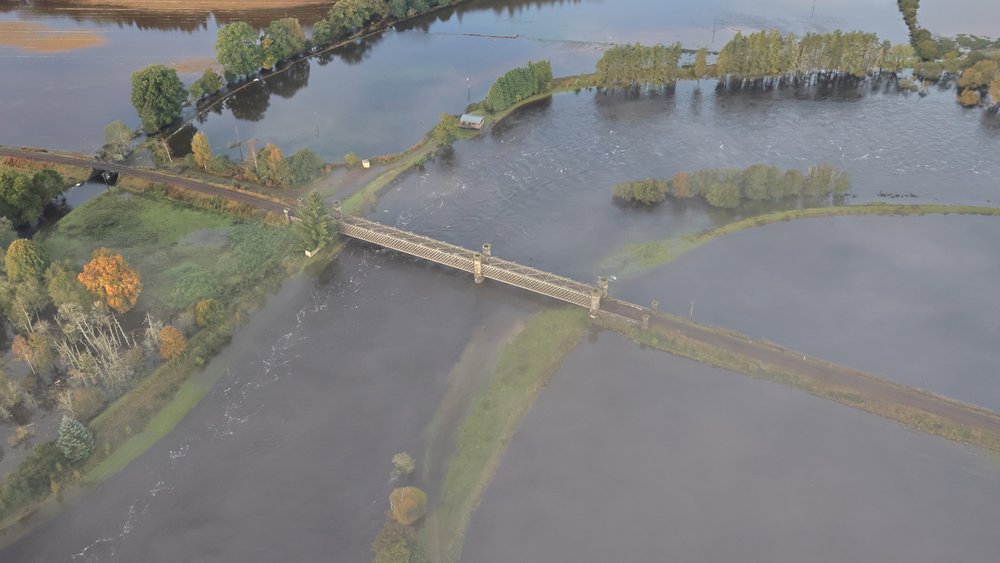Infra
Over £400m to be invested in guarding Scotland’s railway against extreme weather | Project Scotland

SCOTLAND’S Railway has published its climate ready plan which sets out how the nation’s railways will respond to the challenges of the changing climate.
Published jointly by Network Rail Scotland and ScotRail, the 109-page plan will inform investment across the railway’s infrastructure during the next five years from April 2024 to March 2029.
The plan sets out the actions Scotland’s Railway will take to improve the resilience of the railway against physical changes in the climate. It includes plans for direct investment in infrastructure as well as introducing additional climate science and adaptation capabilities to strengthen the industry’s decision-making.
Over the next five years, £1.9 billion will be invested in renewing Scotland’s railway infrastructure. More than £400 million of that figure will contribute towards the resilience of the network against extreme weather and future changes in climate – including over £100 million on earthworks, £100 million on lineside infrastructure including drainage, and over £40 million on structures like bridges and tunnels.
This builds on investment already made over recent years including the establishment in Scotland of the British railway’s first 24/7 specialist weather desk, staffed by qualified meteorologists, to analyse the real-time impacts of extreme weather on the railway.
Scotland’s Railway is also at the forefront of deploying remote monitoring equipment on the infrastructure to help give early warning of potential issues with wireless tilt meters now installed at over 150 locations.
With plans to roll this kit out to more sites, the tilt sensors detect movement in slopes and send an alert via the mobile network to the railway’s control room. River level monitors and scour telemetry have also been installed on key bridges across the Scottish network and additional investment has been made in surveying and maintaining drainage assets across the country.
Alan Ross, Network Rail Scotland’s director of engineering and asset management, said, “We know that our climate is changing at an unprecedented rate, and that this is having an impact on Scotland’s Railway. In our current climate – which is already warmer and wetter – we know that extreme weather events can impact our railway in a way that causes disruption for our customers.
“Our plan will look at how we can implement new and improved climate science and adaptation capabilities that will strengthen our decision-making processes and help us manage our changing climate in the future.”
David Lister, safety and sustainability director for ScotRail, said: “Our vision is to deliver a safe, sustainable, inclusive and accessible railway for Scotland. Climate resilience is a strategic priority for Scotland’s Railway, and this plan will keep track and train working together to ensure Scotland’s Railway is adapting to the impacts of climate change while targeting actions that enable the continued safe operation of the railway and reduce the disruption climate change can cause.”
Jonny Casey, head of climate ready leadership at sustainability charity Sniffer and manager of the Adaptation Scotland programme, added, “Our climate is changing, and while some of these changes are avoidable, other consequences are now unavoidable. We need to adapt to live well with present and future impacts. Scotland’s Railway is central to connecting our places, and a vital system for business and leisure transport on which many other services depend.
“We are delighted to see Scotland’s Railway take such a leading role in Scotland’s infrastructure resilience planning. This work will help ensure the railways are able to adapt our changing climate as well as inspiring action from peers and partners across Scotland through Network Rail’s membership of the Adaptation Scotland Public Sector Climate Adaptation Network.”


